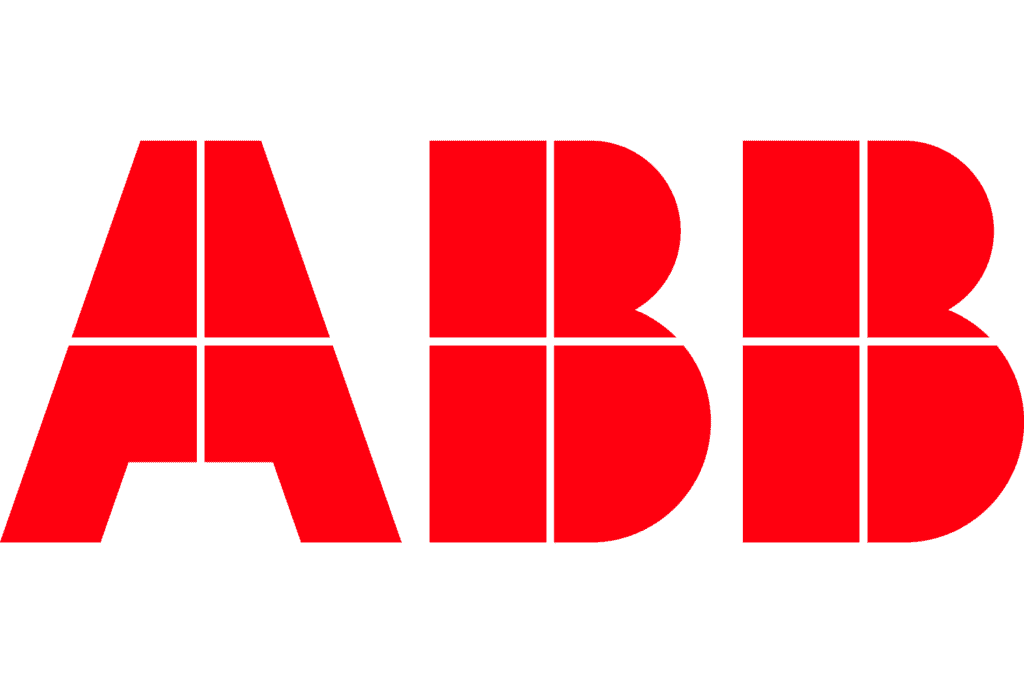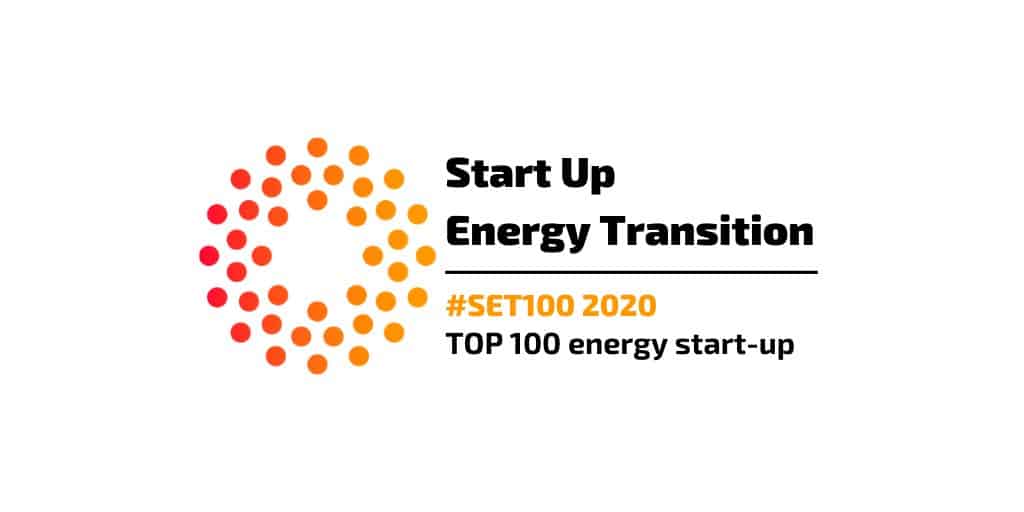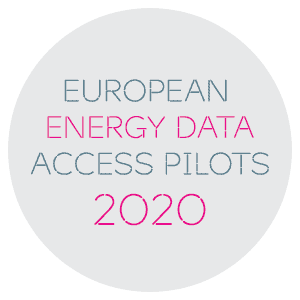It’s globally accepted that fossil fuels are a cause of climate change, generating the vast quantity of CO² emissions which are contributing to the gradual warming of our planet. An alternative to coal, oil and gas – all rapidly depleting natural resources – is much needed if we are to achieve ambitious decarbonisation targets this century. But what alternatives are there? In an ideal zero-carbon world, electricity would take centre stage everywhere, generated entirely by renewable sources, but there is plenty of doubt as to whether this is realistic. Solar energy is one such renewable source, and in this feature we’ll explore its origins and evolution, and the challenges surrounding its widespread adoption.
The evolution of solar energy
While solar energy is considered a relatively recent innovation, exploiting the sun’s rays is a scientific concept that has actually been around since the 18th century. Experiments were taking place as far back as the late 1700s into the potential of the photovoltaic effect – the conversion of sunlight into electrical energy. It took however until 1954 for the first photovoltaic cell to be developed against a backdrop of growing public awareness of global warming and the first nascent glimmers of urgency to move away from a reliance on fossil fuels.
In 1958, solar power was used by NASA to supply electricity for the Vanguard I satellite, the first practical use of solar technology. More widespread commercialisation however failed to materialise until the 1970s when technological developments combined with all-important cost reductions unlocked production of more efficient PV cells on a mass scale.
In the USA and Europe, domestic and industrial markets began to seriously emerge in the early 2000s. Since then, demand has increased exponentially while production costs have continued to fall, leading to soaring capacity. According to the International Renewable Energy Agency [IRENA], the global weighted average of price per megawatt hour of electricity from solar has plummeted from $378 in 2010 to just $68 in 2019. In comparison, coal has stayed steady at approximately $110 and nuclear has increased. Energy research company Wood Mackenzie reported that global annual solar installations grew more than sixfold over the same period. Better use of generated solar data is enabling greater operational efficiencies, proactive maintenance and more accurate production forecasting. It is unsurprising that investment in solar production is predicted to rise further over the coming decade.
Solar power hurdles
Despite increased affordability, increased investment and increased generation, solar energy still faces the same barrier to widespread adoption as other renewable sources reliant on nature – production volatility. Stating the obvious, solar energy cannot be produced outside of daylight hours and is reliant on good weather conditions. This makes it almost impossible to produce the same consistent and predictable supply as comes from burning fossil fuels, and in turn leads to difficulties in keeping the grid balanced. Solar energy supply remains intermittent, coming in peaks and troughs unaligned with demand, and a lack of battery storage means it cannot be stored long-term. Moreover, the millions of houses now generating their own solar energy thanks to lower prices and feeding electricity back into the network are causing balancing difficulties for a legacy grid built specifically decades ago for one-way fossil fuel power.
In fact, global infrastructure generally is set up for fossil fuels, not renewables nor electrification. That is particularly true for heavy industry and transportation – two of the sectors most responsible for greenhouse gas emissions but arguably two of the hardest to change. The amount of solar energy that reaches us is more than 1,000 times the amount of fossil fuel energy extracted globally per year. But that energy is so diffuse and the technology not yet sufficiently advanced that it is currently ineffective in answering industrial need, specifically in areas such as the high temperatures required in manufacturing processes. While industry is able and willing to make the switch to solar with arrays on factory roofs to power things such as lighting, solar technology has not yet hit the required level to make it a viable alternative to fossil fuels across industry as a whole.
Similarly, when it comes to transportation, progress has very obviously been made with the electrification of small vehicles – just look at Amazon and their fleets of electric delivery vans, or the commitment in the UK to ban sales of petrol and diesel cars by 2030. However, heavier vehicles such as lorries, trains and planes – those responsible for the bulk of carbon emissions – still require high-density hydrocarbon fuels. The lack of large capacity, long-term battery storage only compounds the issue.
Solar potential
So, further advancements are undoubtedly needed both within PV technology itself as well as the wider energy industry before it can become a true, all-round alternative to fossil fuels. Innovation however in this sector is relentless. In 2019, Californian start-up Heliogen, backed by Bill Gates, developed technology which uses a pioneering combination of mirrors and AI to magnify the sun’s rays and concentrate it sufficiently to reach the high temperatures required in heavy industry. The catch, as always with solar or at least until innovation enables greater panel efficiency in low light, is that Heliogen installations still can’t function outside of broad daylight hours. Despite this however, the company still claims to be able to help companies cut their CO² emissions by a third. It could be a gamechanger.
Other developments too across the energy industry are gradually opening the door for more widespread solar power. Smart grids built on a foundation of energy data and analytics are gradually replacing legacy infrastructure, making it easier to efficiently manage a higher proportion of renewable energy. Decentralisation in the form of micro-grids and energy communities is helping to take the pressure off the wider network. Greater use of accurate near real-time consumption and behavioural data is enabling utilities to manipulate demand to better fit peak renewables supply. Large, or grid-scale, battery storage projects are emerging.
Progress is certainly being made, but we’re not there yet. Solar energy has vast potential and will surely play a central role in any future decarbonised energy system with its cheap, green credentials. What is clear is that it is unlikely to be able to take on fossil fuels singlehandedly and will require support from other alternative energy sources if we are reach carbon neutrality.
Connect to energy data and digital products via APIs with re.alto. Check out some of our use-cases here.











